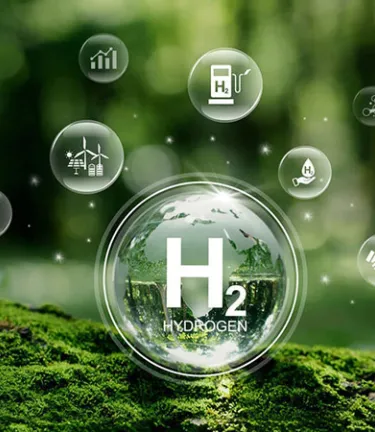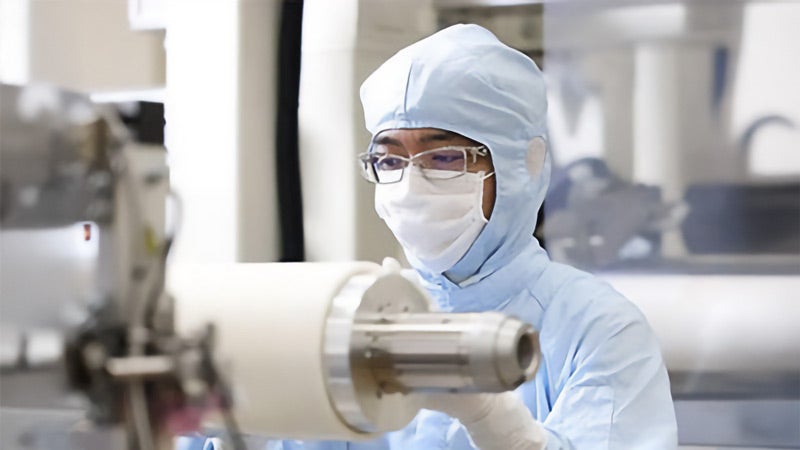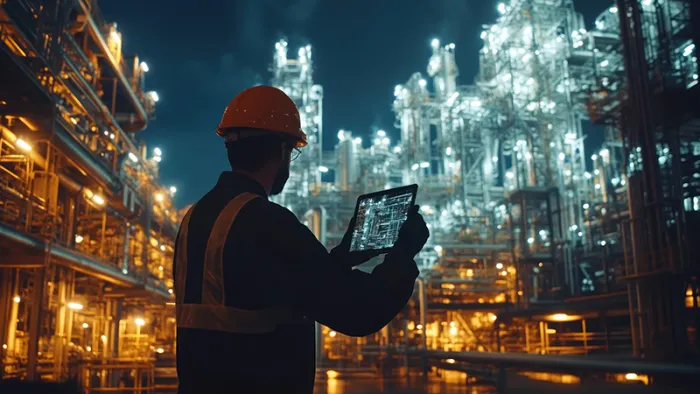Clean Energy
Gore helps manufacturers transition to clean energy solutions with operational efficiency, system integration, and production scalability.

Celebrating 30 Years of Clean Energy Innovation
For three decades, Gore has been at the forefront of hydrogen and fuel cell innovation. From developing PEM materials that help power zero-emission mobility, to advancing clean industrial processes that support the global transition to a low-carbon future, Gore’s commitment to a clean energy future is built on resilience, collaboration, and industry-shaping breakthroughs.
Commercial Clean Energy Solutions Using Hydrogen Technology
Clean energy technologies that leverage hydrogen provide a versatile and scalable approach to production, storage, and utilization. In addressing the challenges of transitioning to hydrogen technology, the use of PEM membranes emerges as a pivotal solution, offering distinct efficient and flexible advantages. These advantages contribute to a seamless integration of this clean and sustainable energy solution.
As a PEM membrane manufacturer, Gore leads the global PEM market with over three decades of proven innovation. We understand the importance of creating alternative solutions to the way we power our world and are committed to helping make large-scale clean hydrogen a reality for the future.
To be truly competitive against conventional power hydrogen fuel cell technology must be more accessible, in greater volume, and at lower cost.
And that’s precisely our mission.


Lowering Hydrogen Costs to Enable a Clean Energy Future
Watch and learn how Gore is pushing the boundaries of innovation to make green hydrogen a viable alternative to fossil fuels and bring the levelized cost of hydrogen (LCOH) down.






